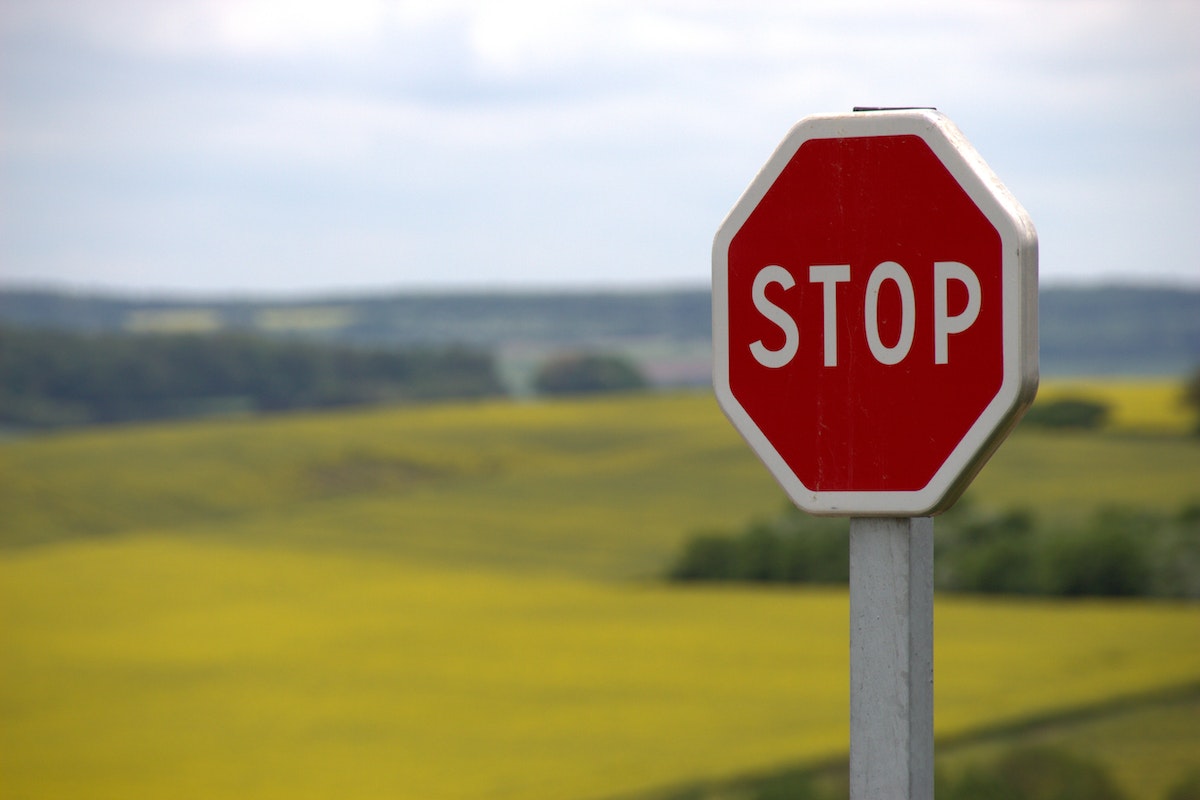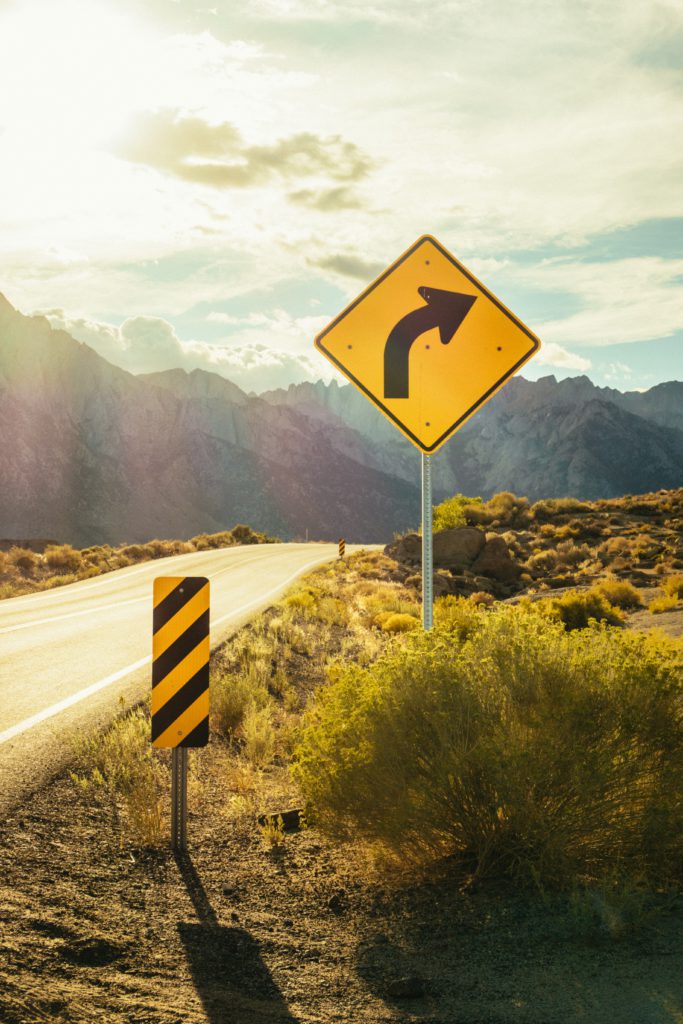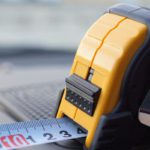
Whether you are a new driver, a pedestrian, a cyclist, or have been driving for years, take this quiz and see how much you understand the traffic management signage. This road sign test has 40 questions, presented in true/false format, that allows you to recognize traffic signal signs, helping you to prepare for your written test at the DMV. Passing a road signs test grants a learner’s permit by the state, qualifying you to take a driving behind-the-wheel test or CDL test to get your full driver’s license.
On an online road signs test, having 16 or more right answers indicates that you are ready for a DMV driver’s license test, which you may take. Taking a practice road signs test helps you identify what road signs you need to study for before taking the written knowledge test at the DMV.
When it comes to driving sign tests, there are not a lot of solid options. We realize sign tests are a regular feature of many driving education websites, but you have to pay to access them. The fee is an obstacle to most, and for maximum impact, the sign tests should be free.
Traffic and Road Sign Test Part 1. Test your knowledge about traffic and road signs. Traffic signs quiz you on signs posted around the state of New York, but the overall lesson is something that can take you anywhere.
Many drivers new to driving in big cities cannot recognize the one-way signs because there are no one-way roads anywhere they live. For instance, you will see “Wrong Way” signs on one-way roads that are facing away from the flowing traffic. A one-way sign means that the road you are driving is crossing into the divided freeway.

This sign marks the start of the No Pass Zone, placed on the left-hand side of the road facing the driver. The smaller, green Exit Number signs, which are placed above rectangular, green signs, will be located to the left of certain Sharp Turn signs, as long as the exit is located to the left side of the road in front. If a yellow panel displaying exit information is on the freeway signal alone, the lane under the signal will not continue across the junction; instead, the lane will move out of the way to form the off-ramp.
This sign indicates that, at an oncoming interchange, traffic in the left-hand lane should turn left, while traffic in the adjacent lane can either turn left or continue on the road. For example, if a sign depicts an arrow with an angle of right, it will indicate to drivers they cannot turn right. These signs would point out what moves the driver could be making on a given roadway, and, in some cases, even point out when the movement should begin — typically, with roundabouts, when one specific lane could lead you to go left or right.
By showing you ahead how roads connect, the “Wrong Way” signs will inform you when the road you are travelling down is not continuing straight through an intersection. This sign is most often seen after a divided highway or multilane roadway has been turned into a two-lane roadway, with opposing vehicles travelling on each lane.
This sign is usually placed at intersections, next to left turn signals, to advise drivers that if a yellow arrow is operating, the left turn is unprotected. Yellow traffic signs can indicate slowing, driving with caution, or warning about potential hazards in roadways. For example, stop signs are always yellow while staging signs are brown. Because hazards and road conditions are primary concerns, warning signs are strikingly coloured yellow, either with a strong graphic or in black text.
The one common feature of yellow signs is that they are alert signs, which mean there is a change to your driving environment, and that you need to stay alert. Traffic signs of all types are extremely important since they are meant to warn you about potentially unsafe situations that are not immediately apparent, such as a drunken driver or the storm that you are about to ride into. There are various types of traffic signs that fulfil their purpose. Road signs also help to regulate traffic flow between vehicles, but also among other users on the road — pedestrians and bicyclists, for instance.
Speed limits, traffic control supplies, or one-way streets are all black-and-white, regulatory signs telling you what you are allowed to do on the road, and what you are not. Black-and-white signs are meant to inform drivers about a variety of rules, including speed limits, one-way streets, and HOV lanes. For instance, traffic signs using yellow might alert you to the presence of a narrow bridge, railroad crossing, no-pass-zone, curved road, merging points, pedestrian crossings, a dead-end, an uneven surface, hidden intersection, or any number of other potential hazards. Animal crossings, curving roads, and steep turns are examples of these types of signs.
Some signs will say road closed to through traffic, meaning that a road is closed, unless you live on the road, or are going to a business that is accessible only via the closed road. This sign is telling you there is work going on the road and it is also warning you to reduce your speed. Knowing the difference between a “No Trespassing” sign and a “No Trespassing” sign is a helpful skill while knowing when and where bicycles are allowed is also tricky to grasp for new drivers.
Before heading out on the first post-lockdown scenic drive, it may be a good idea to brush up on your Highway Code knowledge with our Road Signs Quiz. There is an easy way to see just how adept you are at reading the signs that keep our transportation running smoothly. Driving is a privilege, and it is your responsibility to know what all of those traffic management signs mean. These signs usually mean stop, yield, do not enter, or they forbid you to take certain actions, such as not stopping for cars or not turning.




